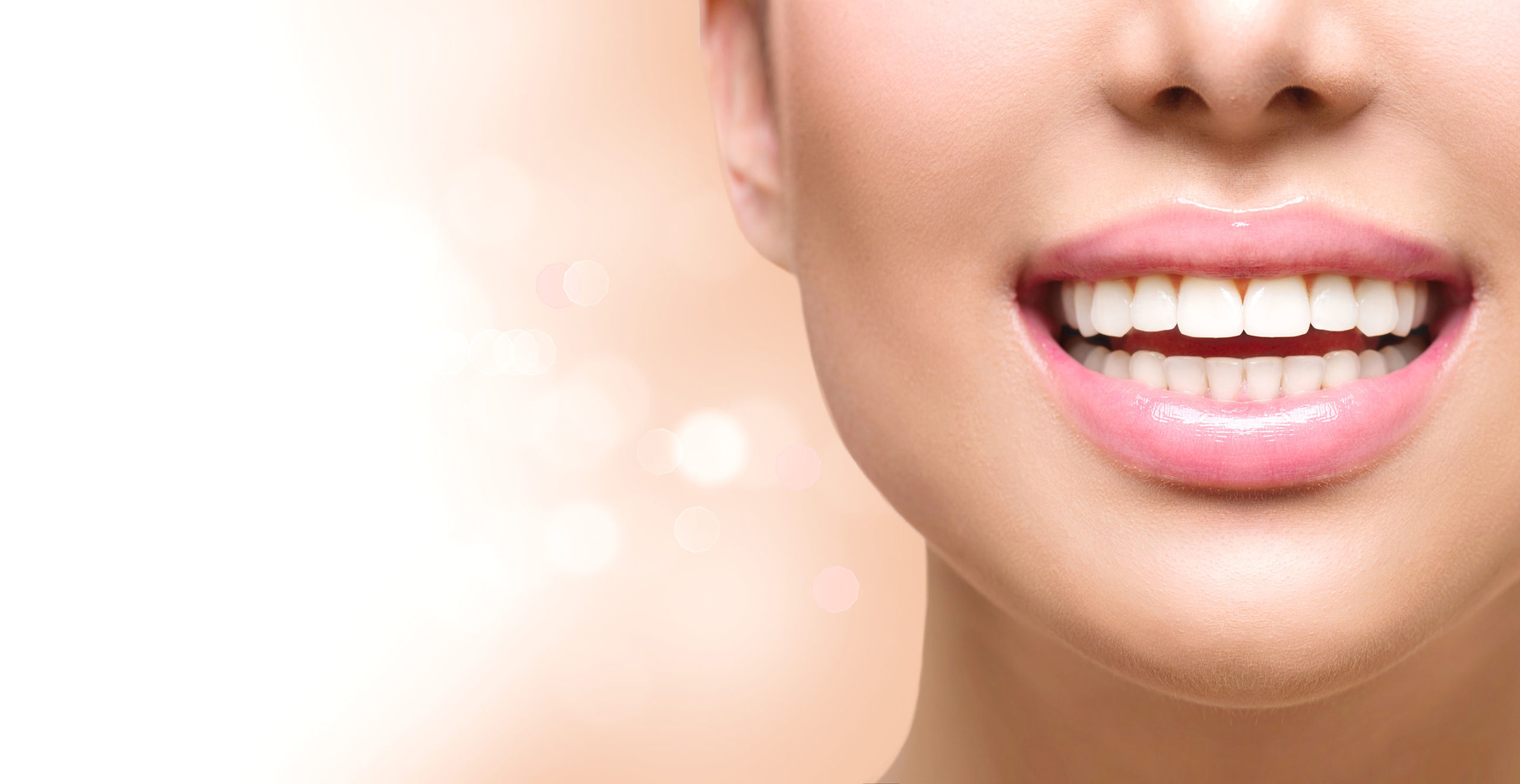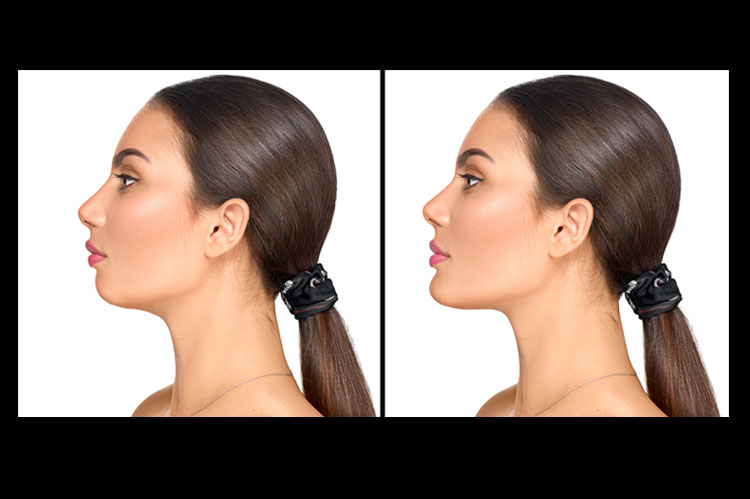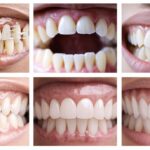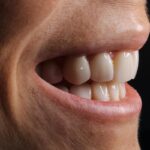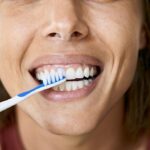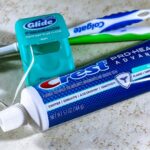Do you look in the mirror each day, wishing you had a straight, celebrity smile? The quality of your teeth has an undeniable impact on your overall appearance. Many people cringe at the idea of wearing metal brackets and wires for traditional orthodontic treatments, so it’s easy to see why Invisalign is one of the most popular treatments for adults.
As with most dental and medical treatments, there are pros and cons for each person. Each patient is unique, which is why there isn’t a one-size-fits-all solution for every smile. While clear aligners sound more comfortable and less-invasive than metal braces, there are a few reasons why Invisalign might NOT be your first choice for correcting misalignment.
The appearance of your smile and the positioning of your teeth will affect you for life. Here are a few things you need to know before you jump into this treatment plan:
Jaw Alignment Issues
While Invisalign may be an effective treatment for teeth misalignment, it’s possible that this treatment might result in more significant jaw alignment issues. The alignment of your teeth is essential for the way the jaw settles into place, which could affect your facial symmetry or profile. Careful consideration is needed to consider more than the appearance of your smile – it’s also necessary to evaluate the jaw’s function at the same time. Invisalign straightens the teeth but doesn’t align the jaw, which could mess with your TMJ.
In-Depth Orthodontic Treatments
As mentioned above, you must consider both teeth and jaw alignment when planning orthodontic treatment. Patients with jaw misalignment concerns, such as severe overbites or underbites, or moderate to severe cases of TMJ, may need to stay away from Invisalign. It’s essential that your provider looks for potential jaw misalignment issues that might occur. Dormant symptoms before treatment can turn into major symptoms if the movement of the teeth has a negative impact on jaw alignment.
Patient Compliance Requirements
The only way for Invisalign to work is to be compliant about wearing the aligners for the recommended time each day. These trays need to be correctly positioned in your mouth for 22 hours every day. The problem is that some patients forget to put the aligners back in after eating. Or, they feel that the aligners are uncomfortable to wear while sleeping. If your daily treatment time falls below 22 hours, you could be hindering the movement of your teeth – which has a domino effect on the remainder of the treatment plan and timeline.
Increased Risk of Tooth Decay
The clear aligners are a perfect fit to cover the surface of your teeth. But if you aren’t diligent about brushing and flossing before replacing the trays in your mouth, then it could increase the risk of tooth decay. You’ll need to brush more than two times per day. Every time you take a bite or a sip of something other than water, it’s necessary to pull out the toothbrush so you can avoid the buildup of plaque and decay. Keep in mind that you should never wear the aligners while eating because the trays can crack from the chewing pressure.
Dental Pain and Discomfort
These aligner trays are intentionally designed to have a tight fit over your teeth. You can expect discomfort and soreness during the treatment because of the gradual movement of the teeth during this time. It might be tempting to remove the aligners when you feel uncomfortable, but it’s necessary to leave the trays in place as much as possible.
Damage to the Aligners
Certain types of food and drink can damage the clear aligners, making them less “invisible.” For example, if you forget to remove the aligners before eating, then the food can stain the porous material. Common offenders include tomato sauce, curry, and wine. Once the tray is stained, nothing can be done to remove the discoloration – bleach and peroxide don’t remove the discoloration. Also, hot liquids can warp the plastic, so you must always take out the aligners before drinking hot tea or coffee.
Difficulty Wearing Makeup
If you like to add a bit of color to your lips, be aware that lipstick can stain the aligners. The dark hues of the makeup can cause a color transfer onto the clear trays, leaving stains that can’t be removed. Most people stick to neutral lipstick colors or avoid lipstick altogether during this treatment time.
Multiple Sets of Aligners
Most Invisalign treatments require between 20 to 40 sets of trays! It might seem like a lot to keep track of, especially when you are receiving multiple sets at once. The good news is that these trays are carefully marked, so you know the right order to follow. But it’s your responsibility to keep track of the schedule. Most of the time, you’ll need to switch to the next set of aligners every two weeks. Failing to follow this schedule can push back your overall treatment time.
Visible Attachments on the Teeth
Even though these aligners are made with clear plastic, buttons or attachments might make them more visible when you are wearing the trays. Depending on your individualized treatment plan, it might be necessary to use these additions as anchor points so the teeth are moving in the right direction. These attachments are placed on your teeth and cannot be removed. The aligners fit over the attachments and click into place. In some cases, it’s necessary to wear elastics between the buttons, which are visible when other people see your teeth.
Mouth Irritation on the Cheeks and Lips
Some people find that the attachments and/or trays cause a bit of irritation inside the mouth. Additionally, food can get caught between the aligner and attachment. So, it’s necessary that you are more proactive about cleaning your teeth to avoid this issue.
Unintended Weight Loss
It might seem like a win-win solution to straighten your teeth and lose weight at the same time! But weight loss can be a negative side effect if someone is already underweight. The burden of removing the aligners and brushing your teeth every time you eat makes it harder to snack throughout the day. As a result, some people naturally reduce their food and drink intake. This calorie deficit can cause weight loss.
When you are selecting an orthodontic treatment plan, the most important factor is to ensure that this treatment works with your lifestyle. Invisalign might be an effective solution, but you need to be aware of the potential drawbacks before starting this treatment. In some cases, you might have better results choosing traditional braces instead of clear aligners.


